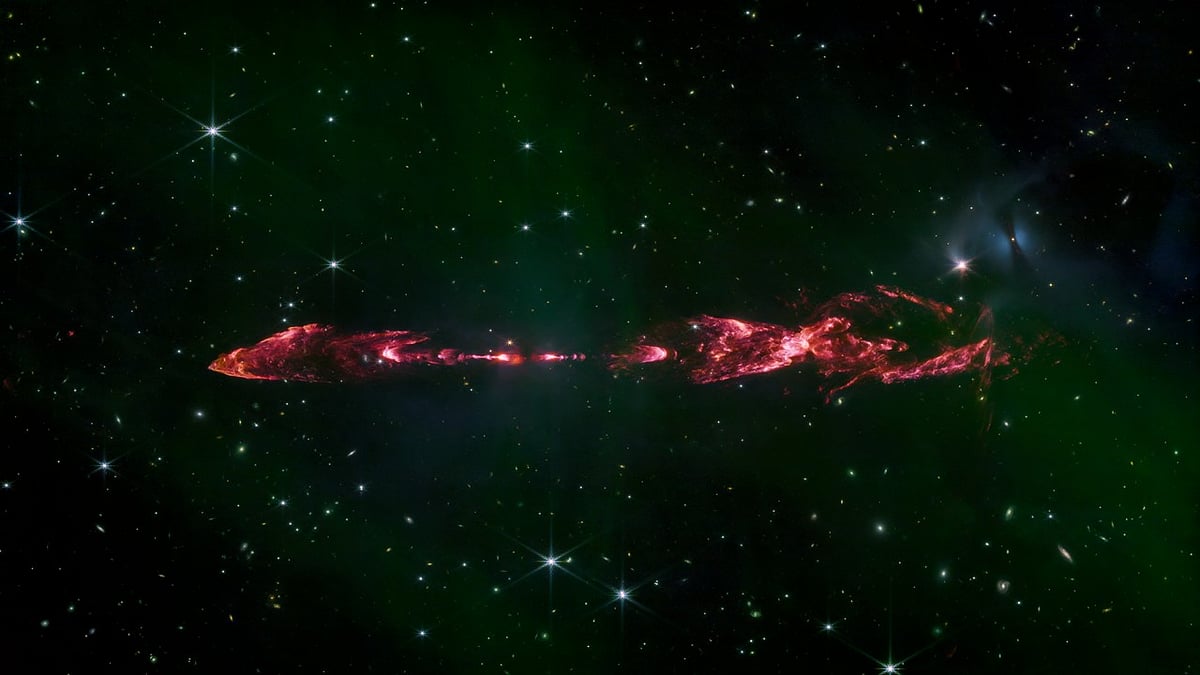Saturn, the second-largest planet in our solar system, is famous for its rings, discovered in 1610 by Italian scientist Galileo Galilei. This massive planet that stands six from the Sun is known for its unique rings composed of numerous comets, asteroids, broken moons, dust, and ice. Some of the debris in the rings is the size of a grain of sand, while others are the size of mountains. However, the rings are disappearing at an alarming rate, which concerns scientists.
Saturn's ring system
According to NASA, Saturn's ring system stretches up to 175,000 miles from the planet's surface, making it visible to stargazers on Earth. However, the gas giant will be tiled on edge with Earth, causing the massive rings to fade into an almost invisible line in 2025. Simply put, Saturn's multiple rings are disappearing, and in 2025, the rings won't be visible from Earth.
Despite the huge width, the ring's vertical height is just 30 feet, which means that every 15 years, when Saturn is seen right exactly from the side, the rings are impossible to see, creating the illusion that they have disappeared.
What is the Saturnian equinox
This astronomical event last happened in September 2009 and is known as a Saturnian equinox. According to the ESA, the next event will occur on May 6, 2025. The rings will be seen if Saturn's tilt is adjusted further, allowing scientists on Earth to see the planet's southern pole.
Saturn's rings are not completely aligned with Earth; they are tilted at a 9-degree angle. The angle would have fallen to around 3.7 degrees by 2024. The phenomena will last until 2032 when the rings' undersides will be revealed.
NASA's findings on Saturn's rings
In 2018, NASA said that gravity is pulling material from Saturn's rings to the surface, and the loops may be gone in the next 300 million years. According to NASA, "Saturn is losing its rings at a 'worst-case-scenario' rate."
Dr James O'Donoghue, NASA's former scientist, said they are trying to figure out exactly how fast these rings are eroding. Presently, the latest research reveals that the rings will only be a part of Saturn for a few hundred million years, he added.
"This may sound like a long time, but in the universe's history, this is a relatively quick death," he asserted. Adding that, we could be fortunate to be around at a time when the rings exist. According to NASA, the rings 'are relatively young' and could have formed during the dinosaur age on Earth.
Saturn's ring formation
Our solar system and its planets were created roughly 4.6 billion years ago, but these structures are relatively new, according to NASA.
According to NASA, Saturn's rings are composed of comets and asteroids that broke up before reaching the planet and were ripped apart by its immense gravity. They comprise billions of little ice and rock fragments coated with other elements including dust.







